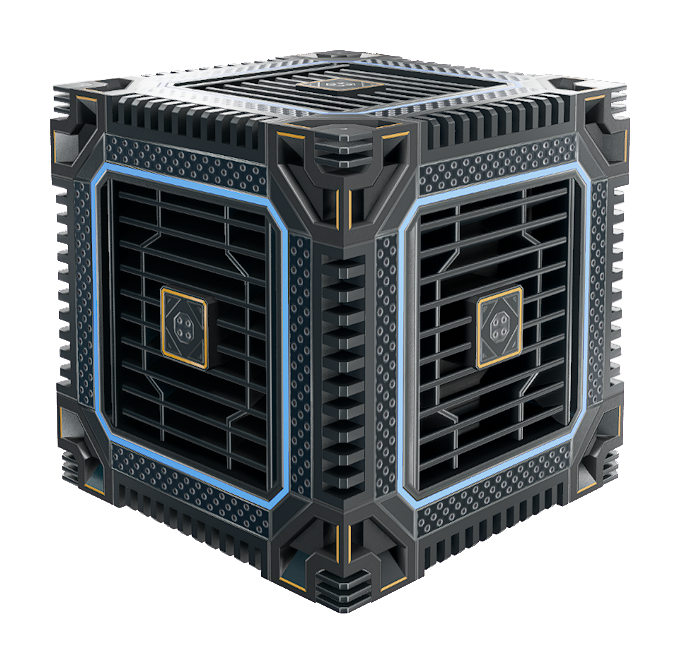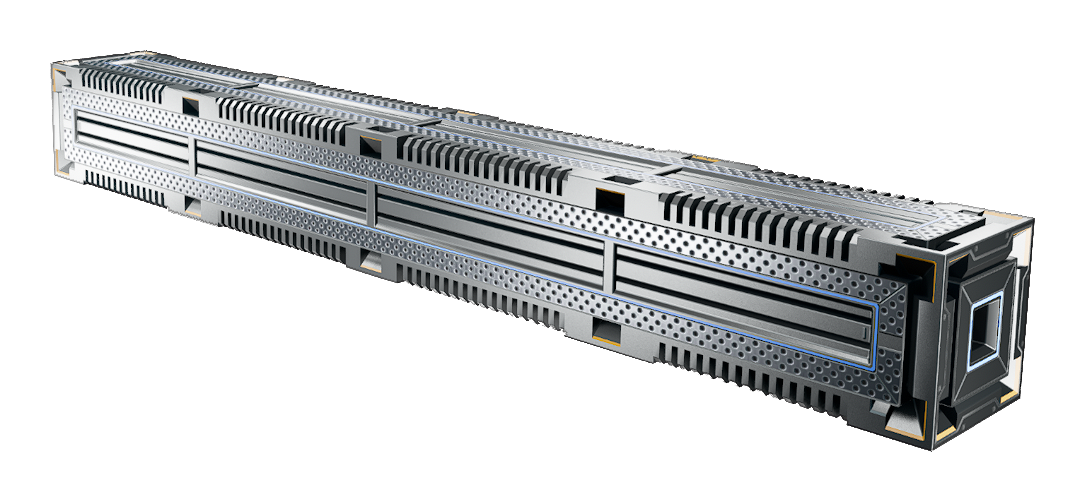Difference between revisions of "Heatsink"
Jump to navigation
Jump to search
m (Added networking information.) |
m (Reordered sections) |
||
| Line 15: | Line 15: | ||
}}<section begin=summary/>A heatsink is an integral part to most high-performance [[Generator (Assembly)|power plants]], and is used to rapidly store or transfer [[Heat mechanics|heat]] away from generators. Heatsinks also double as [[ducts|Duct]].<section end=summary/> | }}<section begin=summary/>A heatsink is an integral part to most high-performance [[Generator (Assembly)|power plants]], and is used to rapidly store or transfer [[Heat mechanics|heat]] away from generators. Heatsinks also double as [[ducts|Duct]].<section end=summary/> | ||
== Usage == | |||
Heatsinks facilitate the interaction between devices that produce heat (such as [[Generator unit|generators]], [[Fuel chamber|fuel chambers]], and [[Mounted weapons|mounted weapons]]) and the devices that can dissipate heat (such as [[Radiator|radiators]]). Heatsinks can be used to effectively bypass the transfer limitation for heat that exists between devices and radiators, as their thermal transfer limitation is significantly higher. Despite their significant visual differences, each heatsink style has the same effective mass and thermal properties. | |||
== Types == | == Types == | ||
| Line 103: | Line 106: | ||
}} | }} | ||
}} | }} | ||
[[Category:Devices and machines]] | [[Category:Devices and machines]] | ||
Revision as of 04:14, 12 July 2023
A heatsink is an integral part to most high-performance power plants, and is used to rapidly store or transfer heat away from generators. Heatsinks also double as Duct.
Usage
Heatsinks facilitate the interaction between devices that produce heat (such as generators, fuel chambers, and mounted weapons) and the devices that can dissipate heat (such as radiators). Heatsinks can be used to effectively bypass the transfer limitation for heat that exists between devices and radiators, as their thermal transfer limitation is significantly higher. Despite their significant visual differences, each heatsink style has the same effective mass and thermal properties.
Types
Heatsink, Cube
Size 96×96×96 cm
Mass 5,074.5 kg
Volume 510.0 kv
Corrosion resistance 440
Primary material Bastium
Input / Output
Heat capacity 15,000
Heat transfer 750 per second
Heat dissipation 50 per second
Modular interfaces 6
Composition
Heatsink, Plate
Size 192×192×24 cm
Mass 5,074.5 kg
Volume 510.0 kv
Corrosion resistance 440
Primary material Bastium
Input / Output
Heat capacity 15,000
Heat transfer 750 per second
Heat dissipation 50 per second
Modular interfaces 6
Composition



